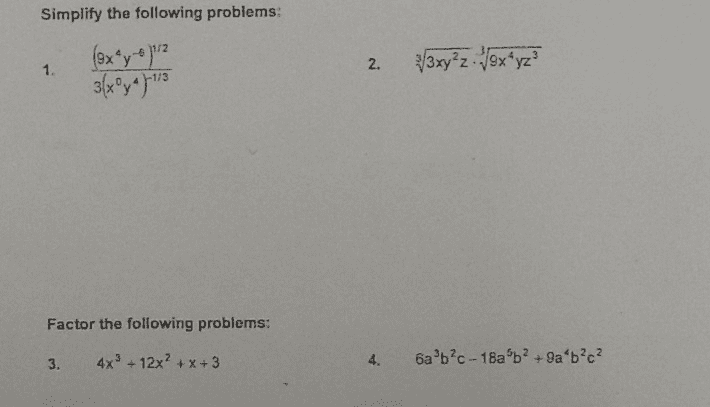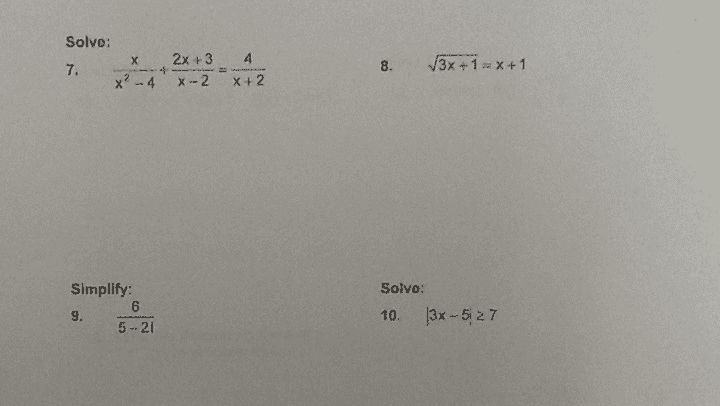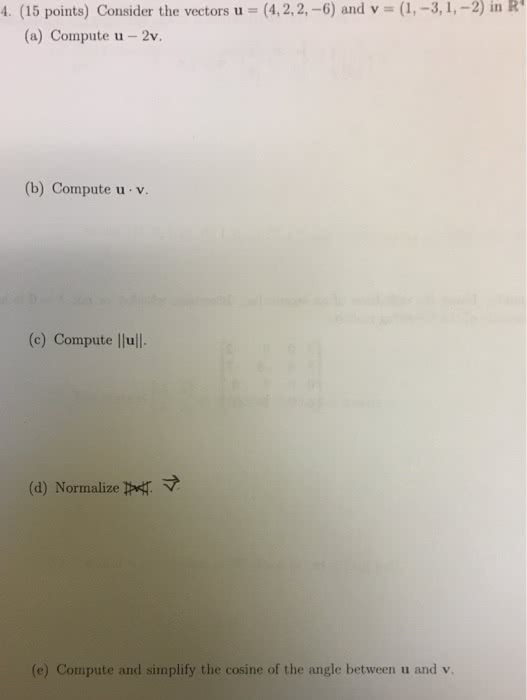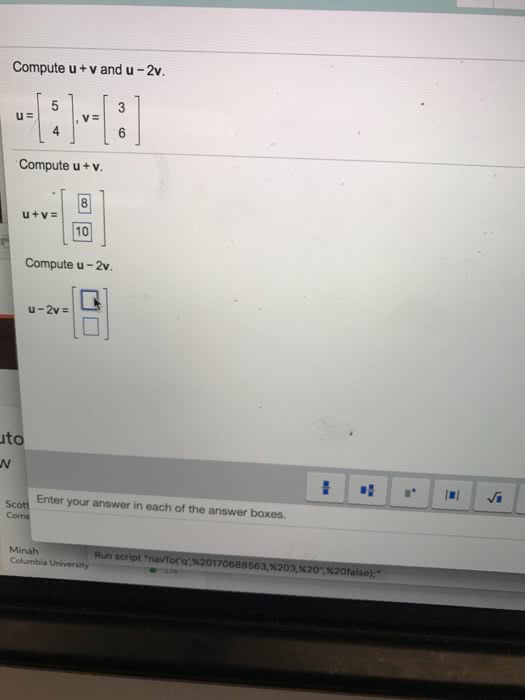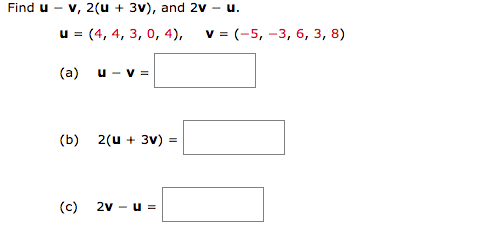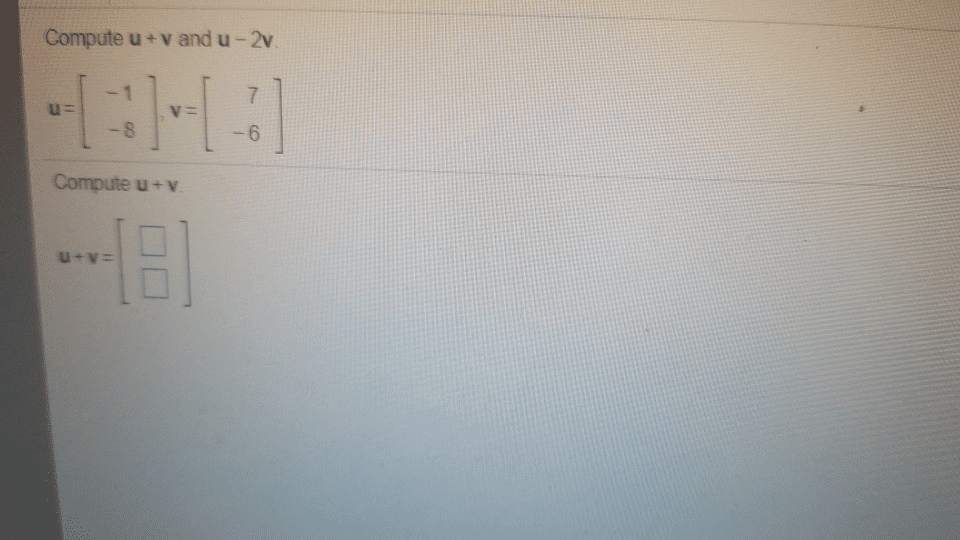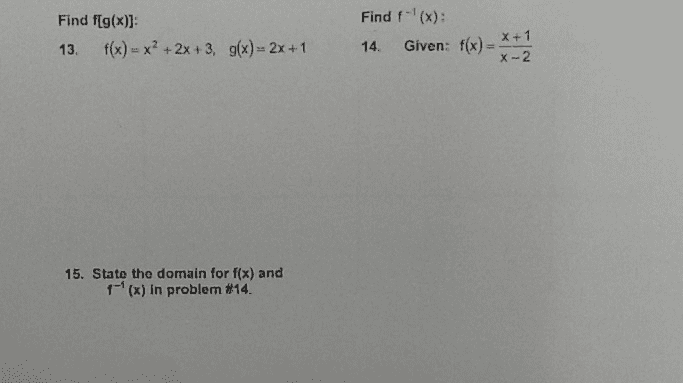cerisezebra214
Queen's University
4 Followers
0 Following
1 Helped
14 Dec 2021
Answer: (x-3)(ax^2+bx+c) =
14 Dec 2021
Answer: b) weak positive correlation
14 Dec 2021
Answer: 1) x^2 y^(-5/3)
14 Dec 2021
Answer: You could ask about the amount of her allowance. You could also ask ho...
14 Dec 2021
Answer: = (x^2 - 10x - 1) / (x-5)^2Step-by-step explanation:= (2x(x-5) - (x^2+...
14 Dec 2021
Answer: 9) 6 / (5-2i) = 6*(5+2i) / (5-2i)(5+2i) = 30+12i / 25+4 = 30/29 + (12/...
14 Dec 2021
Answer: (a) u-2v = (2,8,3,-2)
14 Dec 2021
Answer: u+v = (8,10) u-2v = (-1,-8)
14 Dec 2021
Answer: A call option gives you the right, but not the obligation, to purchase...
14 Dec 2021
Answer: a) WACC = 0.8*0.1*(1-0.4) + 0.2*0.183 = 8.46% b) WACC = 0.6*0.075*(1-0...
14 Dec 2021
Answer: B. Measure of a company's Profit that includes most Step-by-step expla...
14 Dec 2021
Answer: u-v = (9,7,-3,-3,-4) 2(u+3v) = (-22,-16,42,18,56) 2v-u = (-14,-10,9,61...
14 Dec 2021
Answer: 21) LIFO 22) higher NI with inflation
14 Dec 2021
Answer: u+v = (6 ; -14) and u-2v = (-15 ; 4)
19 Oct 2021
Answer: 13. f(g(x)) = 4x^2 + 8x + 6 14. f^(-1)(x) = (x-2) / (x+1)Step-by-step ...
30 Sep 2021
Answer: g^2(x) = f(x)-6x+24Step-by-step explanation:g^2(x) = x^2-8x+16 = x^2-2...
30 Sep 2021
Answer: -7
30 Sep 2021
Answer: -1
30 Sep 2021
Answer: f(x) = -3x+4Step-by-step explanation:9x + 3y = 12 <==> 3y = 12 -...
30 Sep 2021
Answer: 10.02%Step-by-step explanation:Use financial calculator: PV = -900, FV...
30 Sep 2021
Answer: 16 = (x+4)^2
